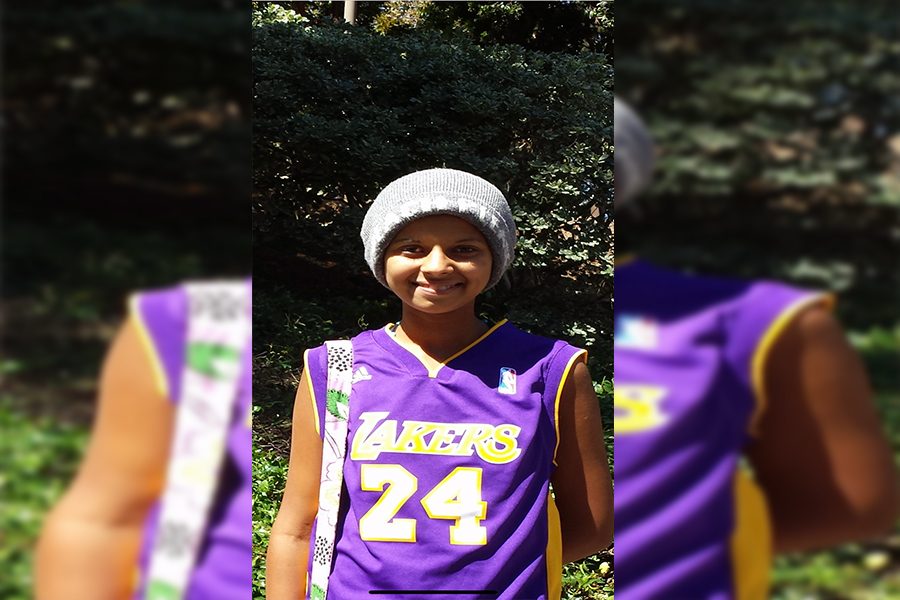Following her diagnosis of alopecia universalis, senior Shenal Christian lost hair from various parts of her body; from her legs, to her eyebrows, to her eyelashes.
The haircut
April 5, 2019
After living with vitiligo for six years, I entered remission making me feel as I had finally reached the surface, getting the oxygen I desperately needed after feeling like I had been drowning.
There were brown spots within the patches of white on all the areas affected, however the spots had not receded and were not growing. I was surprised that a disease as noticeable as this was sparing my face and arms from the world. I felt at ease that my spots could be easily covered and that no one would ever know.
As I was preparing for middle school, I wanted to get my hair cut. As the lady was cutting my hair, she noticed a bald patch on the back of my head and alerted my parents.
Back to the dermatologist we went and another diagnosis. This time: alopecia areata, a disorder where the body’s immune cells mistakenly attack the body’s hair follicles. I was destroying myself yet again. I fell into a hole. I could not handle life being bald AND spotted.
As I combed my hair every morning, clumps would fall out and every time I touched my hair, strands would come out in my hands. By November 2013, I could not even comb my hair or even tie it up in a bun. I told my mom to shave my head. All of it. There was no point in keeping something that was never going to last.
I was bald.
I was crushed.
And I felt hideous.
During Thanksgiving break, my parents took me to All About You Wig Boutique and Cancer Recovery Salon. There, a stylist picked out a wig for me and dyed it to match my previous hair color. Nothing mattered to me anymore.
As I walked in to school with my wig on, people LIKED it. I got so many compliments that first day. People had assumed that I had gotten extensions and changed my hair style. They still did not know I had alopecia. Some days were harder than others. Sometimes, I would want to rip out my hair and throw it across the room and other days I would wear a beanie and cry until I couldn’t breathe and get sick to my stomach.
By January 2014 I had lost my leg hair, eyelashes, and eyebrows as I had a new diagnosis: alopecia universalis.
My morning routine consisted of using an eyebrow filler, putting on my wig cap and wig, covering up the stray hairs with brown mascara, and putting cosmetic makeup on my facial vitiligo.
It was a reality for me that I was DIFFERENT.
I never told anyone that I had these diseases because I feared exposure would limit my opportunities. I felt as if I would lose everything I had because of these diseases.
For four years, the wig was my source of comfort and normalcy. Without it, I would revert to my OCD self and get anxiety. Above all, I was depressed.
I was a middle schooler in a new school who could not go to sleepovers and was never asked to a school dance because my hair always looked the same and I wore too much makeup to cover up my scarring. People used to think that I tried too hard.
The most painful thing someone has ever said to me was that God would be ashamed of the person I had turned into because of the facade I had created for myself. I was ashamed of myself until sophomore year of high school.
